Here you will find 10 best substitutes for teff flour. Teff flour is an African cereal grain, typically used to make flatbread. It’s been used in Ethiopia and Eritrea for thousands of years, and in modern times has become a popular baking flour among gluten free enthusiasts.
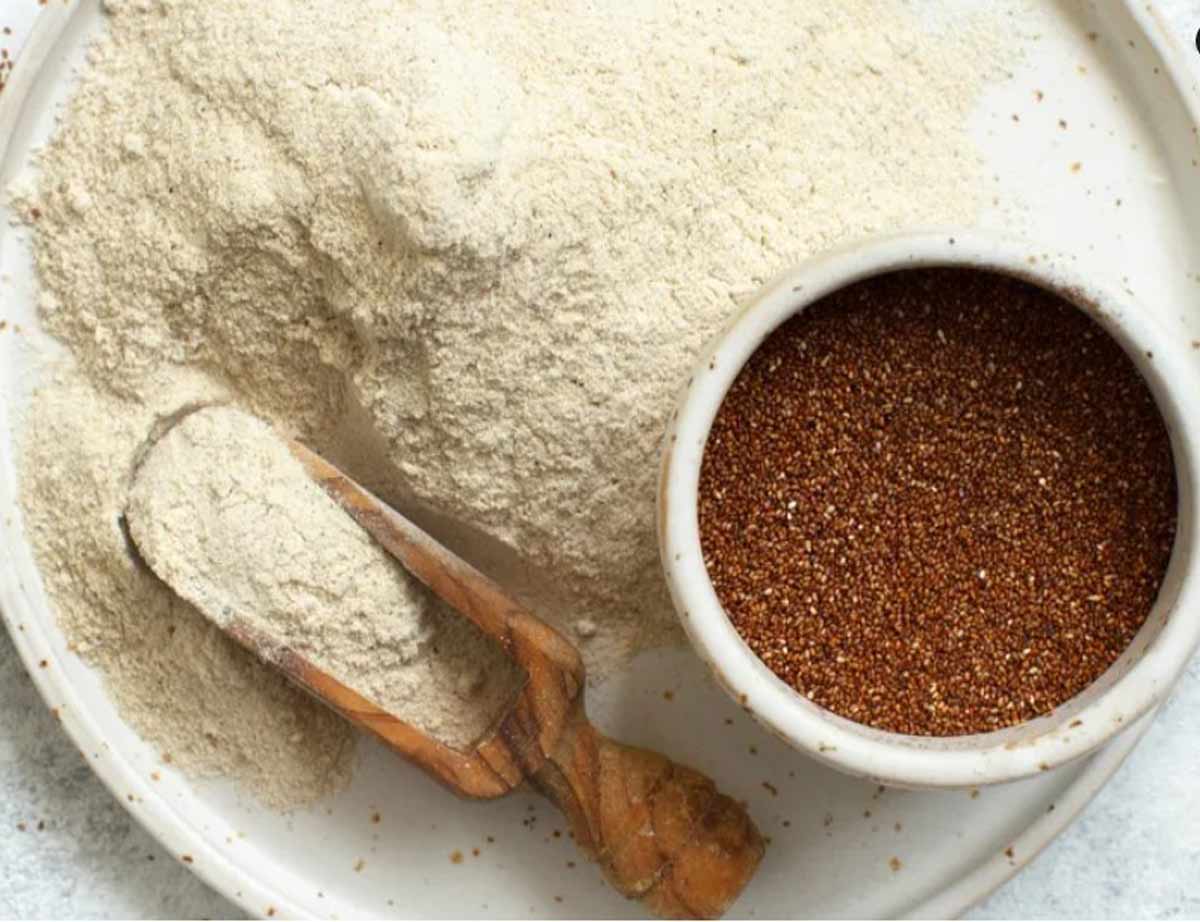
You can use teff flour to make pancakes, breads, cookies, and muffins, and its unique flavor and high nutrient content make it a great substitute for traditional gluten-heavy flours.
However, sometimes you just don’t have any teff flour handy for a recipe. Fortunately, we’ve compiled a list of our favorite teff flour substitutes. Teff flour substitutes vary in flavor, nutrition, texture, and density, but hopefully somewhere on this list is a substitute that will work for you.
You can replace teff flour with Sorghum flour, Rice Flour, Starch Flour, Charcoal, Tapioca flour, Buckwheat, Millet Flour, Quinoa, Cornmeal, or Oat flour, and you could even try combining some of these ingredients for the best results.
Teff Flour Substitutes
- Sorghum flour
- Rice Flour
- Starch Flour
- Charcoal
- Tapioca flour
- Buckwheat
- Millet Flour
- Quinoa
- Cornmeal
- Oat flour
1.Sorghum Flour
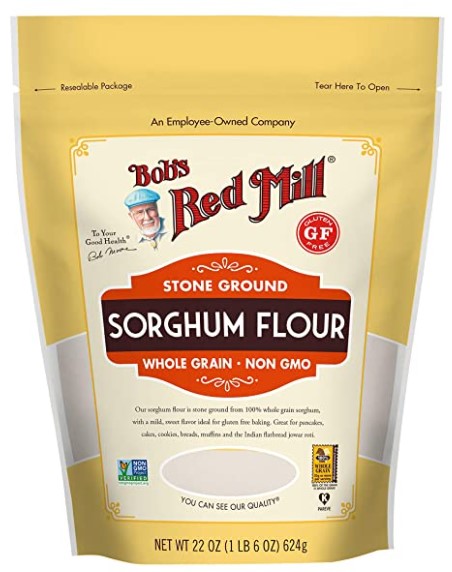
Sorghum has a very similar texture and consistency to genuine teff flour. It looks a lot more like regular whole wheat flour than the snowy white of teff, but baking isn’t always about how your flour looks! We like to use a cup of sorghum flour to replace a little over a cup of teff. Bear in mind that your replacements will vary in color and taste.
If you have some teff handy, you can mix the two flours, creating a darker, heavier product. Sorghum is best for making bread dough.
2.Rice Flour
This is a great Asian substitute that is easier and easier to get in the West. Rice flour is a great substitute for teff flour because it, too, is gluten free. Depending on the type of rice used to make the flour, it might also resemble the white color of teff flour. You can use one cup of rice for each ⅔ cup of teff. Rice flours work best as a substitute for teff in making brownies or soft, crumbly cookies that don’t depend on the powerful gluten bond found in wheat flour.
3.Starch Flour
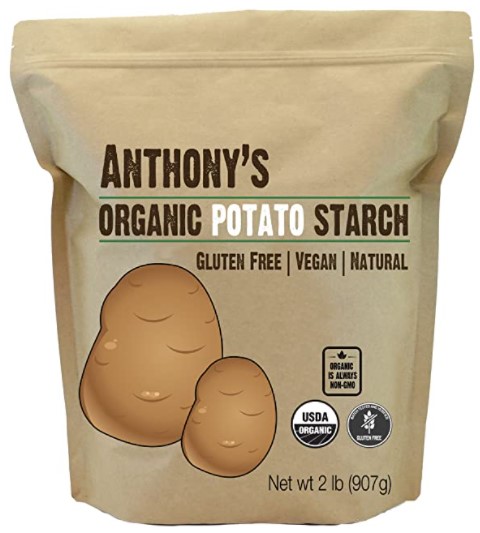
Starch flour is a very commonly used substitute, usually with either corn or potato starch. Overuse of starch can overpower the natural texture of your food, making it overly gritty and heavy, so be careful with your portions. We recommend using starch flour for pancakes, biscuits and muffins, as their cooking time is shorter compared to bread.
This substitute generally produces a heftier end product than teff does, so we recommend that you mix your starch flours with other substitutes to try and find a balanced texture.
4.Charcoal
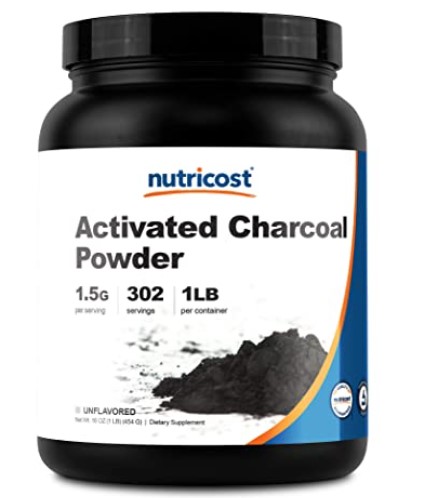
Charcoal isn’t a flour, but it works surprisingly well as a flour substitute. With the recent craze for black burger buns, perhaps now is the time for you to try using charcoal as a teff substitute.
Charcoal can give food a smoky, slightly burnt flavor, and it has a heavier consistency than real teff flour. It will probably make your baked goods turn out a little drier than teff usually does, and can be used as a great substitute for rice flour as well. It’s easy to find charcoal ready for baking at an Ethiopan or African goods store, but more difficult in other grocery stores.
5.Tapioca Flour
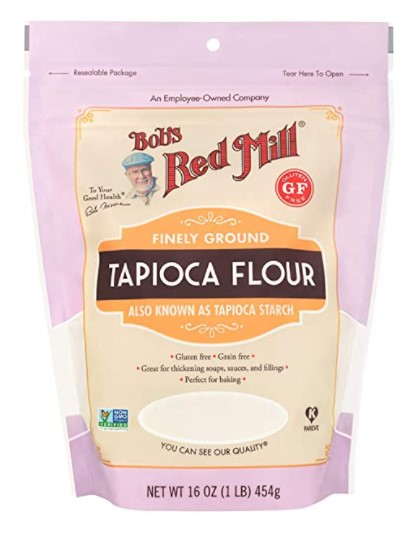
Tapioca is surprisingly close in texture and consistency to teff flour considering that it’s more closely related to whole wheat.
You can use about one cup of tapioca in substitution of one cup of teff. Tapioca is great for bread dough, but will produce a darker appearance than teff flour. Its flavor also differs slightly to that of teff.
6.Buckwheat
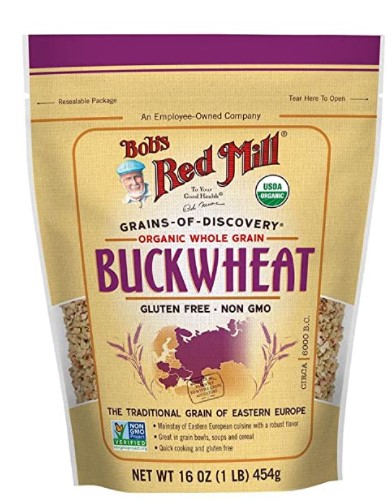
Buckwheat, contrary to its name, is not a wheat at all! It’s a gluten-containing seed, which makes it a great grain substitute.
Typically, buckwheat is used in a half-and-half mix with teff flour. Buckwheat, like teff, is absolutely jam-packed with vitamins and minerals including iron, calcium, and phosphorus, so if you’re using teff for its nutritional benefits this might be the substitute for you.
7.Millet Flour
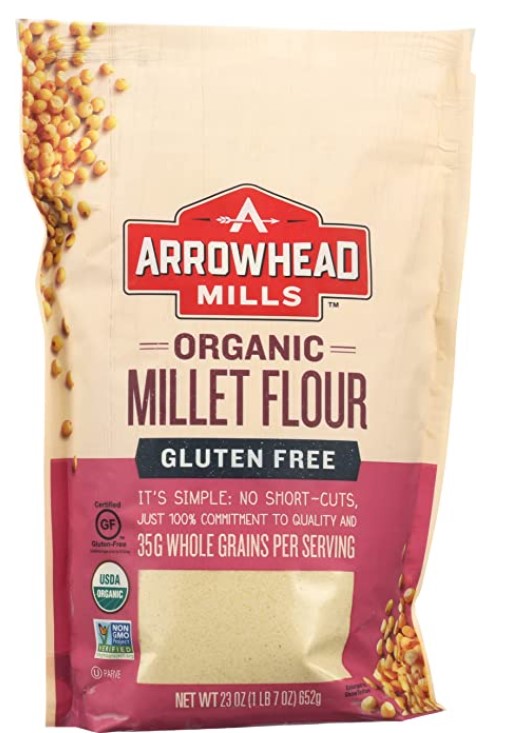
You’ll need a specific millet substitute for teff flour to make this work. Millet starch is combined with wheat starch, with its flavor enhanced by the process. This gives the millet flour a flavor close to that of genuine teff flour, but millet lacks many of the nutritional benefits fo teff.
Millet teff substitutes are cheaper than ivory teff, and will provide a nicely light texture for your bread compared to some of the other substitutes on this list.
Millet flour is also great for rice pilafs or dinner rolls. Rice substitutes often lack the gluten required to keep bread dough together, so we love this one for cakes and pasta. They require far less gluten than bread does. Blending your substitutes can sometimes help alleviate this issue.
8.Quinoa
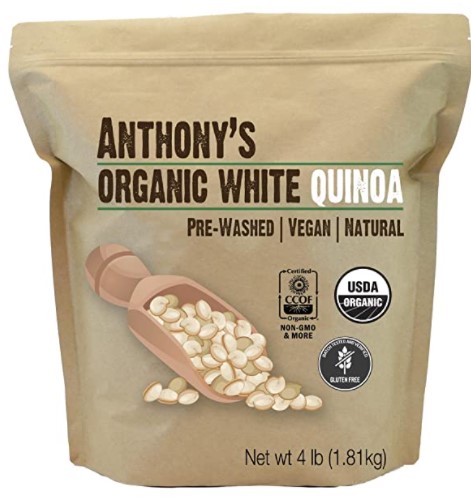
It seemed like you couldn’t go anywhere a few years back without running into quinoa!
This ancient grain is very easy to use. Quinoa actually has a similar taste to teff, and quinoa substitutes are typically high in protein, iron, and fiber, and they lack gluten which is perfect for gluten free people.
Quinoa’s lighter consistency compared to teff flour will give you fluffy cakes. However, as much as the taste of quinoa resembles that of ivory teff, it is far milder, so it won’t impart as much flavor to your baked goods.
When using quinoa for cakes, for example, you may want to consider increasing your volumes of sugar and butter to boost the cake’s flavor.
9.Cornmeal
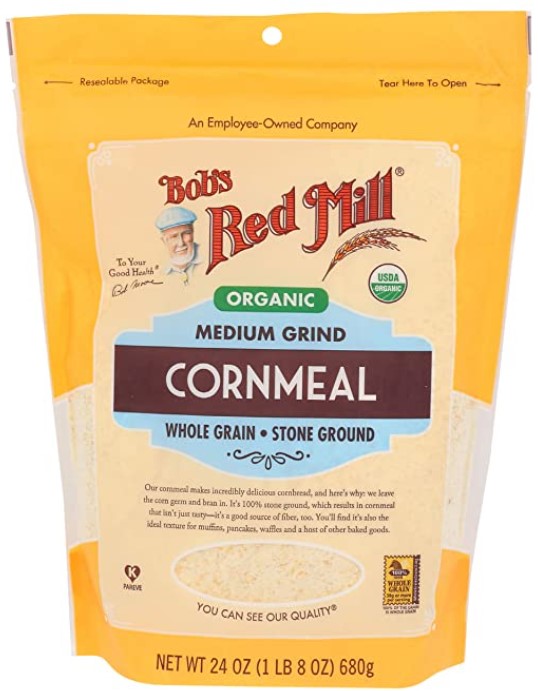
Cornmeal might be one of the best teff substitutes out there! Its color and texture are very close to that of real ivory teff. It isn’t as heavy as ordinary wheat flour, and is a great substitute for those who struggle with gluten or the heaviness of whole grains.
Cornmeal is best used as a teff substitute for cakes and biscuits. We don’t recommend its use for leavened bread, as it lacks the gluten needed to hold the bread together.
10.Oat Flour
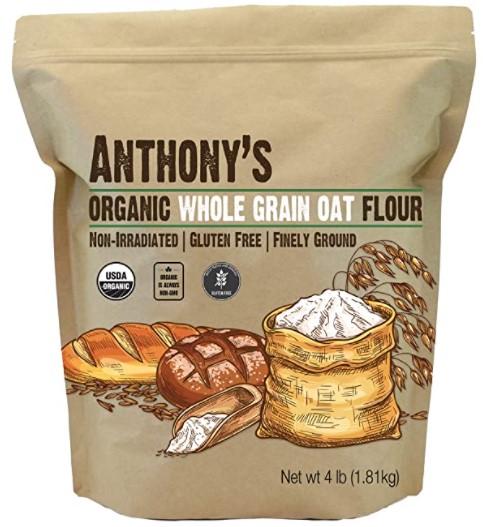
We don’t recommend using oat flour substitutes on their own. However, if you’re happy to blend your flours together, perhaps using rice or quinoa flour, then oat flour could be the right one for you.
Frequently Asked Questions
Teff is an ancient Ethiopian grain. Teff flour is made from very finely ground teff grains, which have a naturally sweet, slightly nutty taste. Teff is packed with iron and protein and has little to no gluten in it. It’s a great cereal or oatmeal substitute when cooked into a porridge.
Often, the main difference between genuine teff and a substitute will be in the texture. Substitutes are generally crumblier and rougher in texture, and they don’t hold together as well during mixing. They also lack teff’s signature sweet flavor.
You can blend your choice of teff flour substitutes into a smoother, finer flour, if you want. This will also blend in the bran and germ from the teff substitute.
You can make your teff substitute sweeter by adding a small amount of sweetener. Maple syrup, honey, and sugar are all great options, or you could use the natural sweetness in brown rice flour.
We don’t recommend following an exact one-to-one ratio of teff to substitute. Instead, gradually add your substitute to the mix until you’ve achieved your desired texture.
The Best Substitutes for Ponzu Sauce
10 Substitutes for Horseradish
15 Simple Substitutes for Celery
The Best Corn Flour Substitutes
Substitutes For Dried Porcini Mushrooms


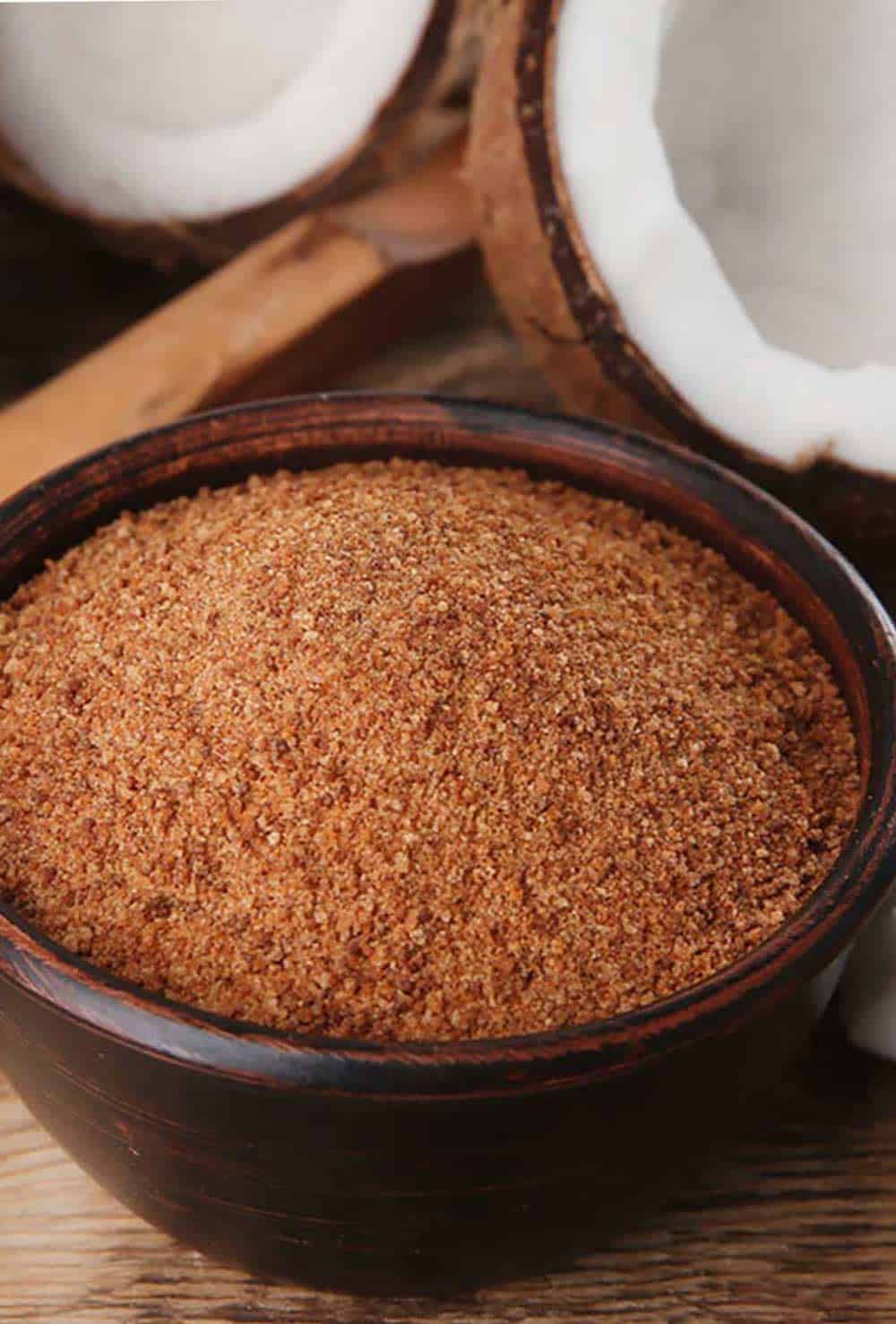
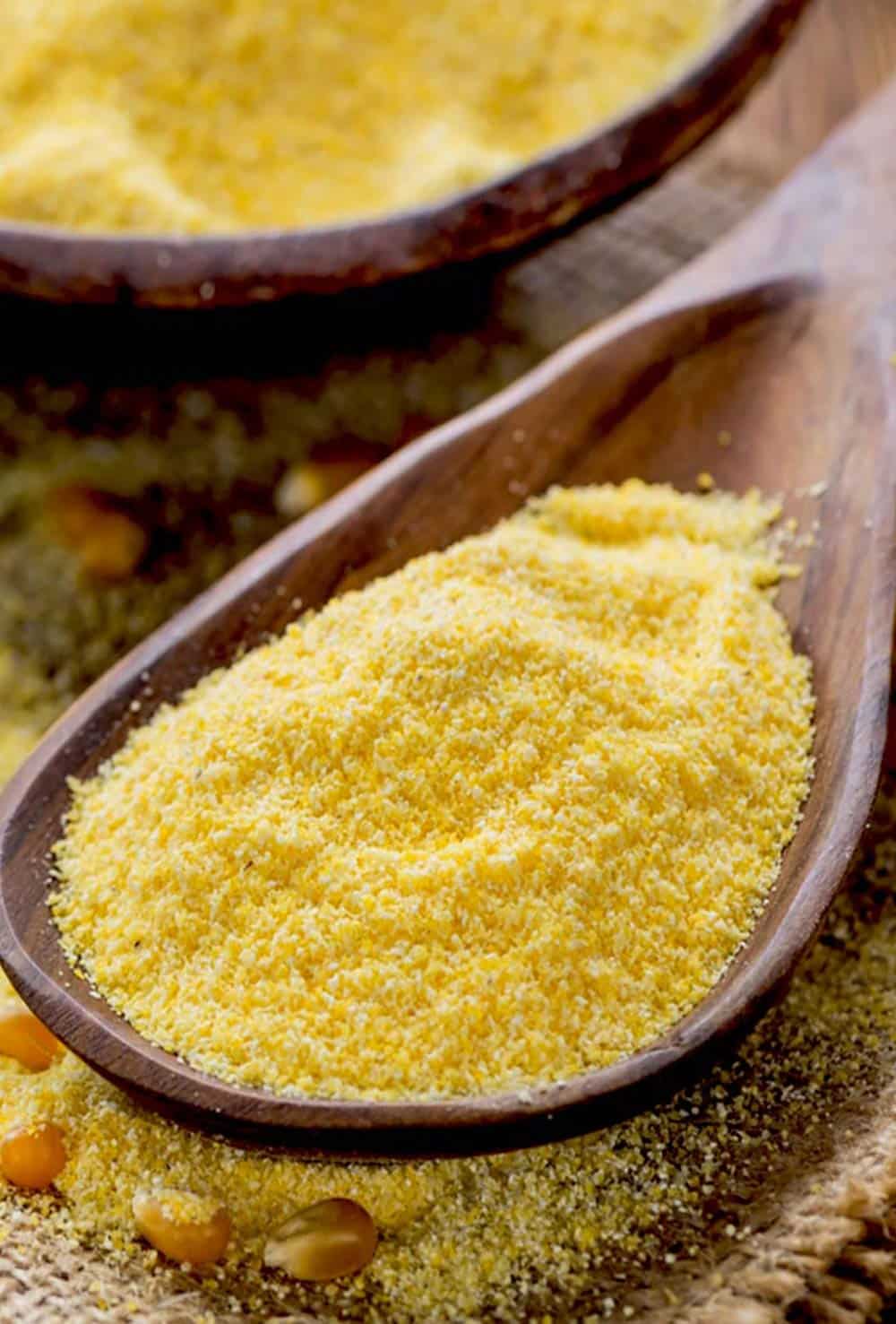
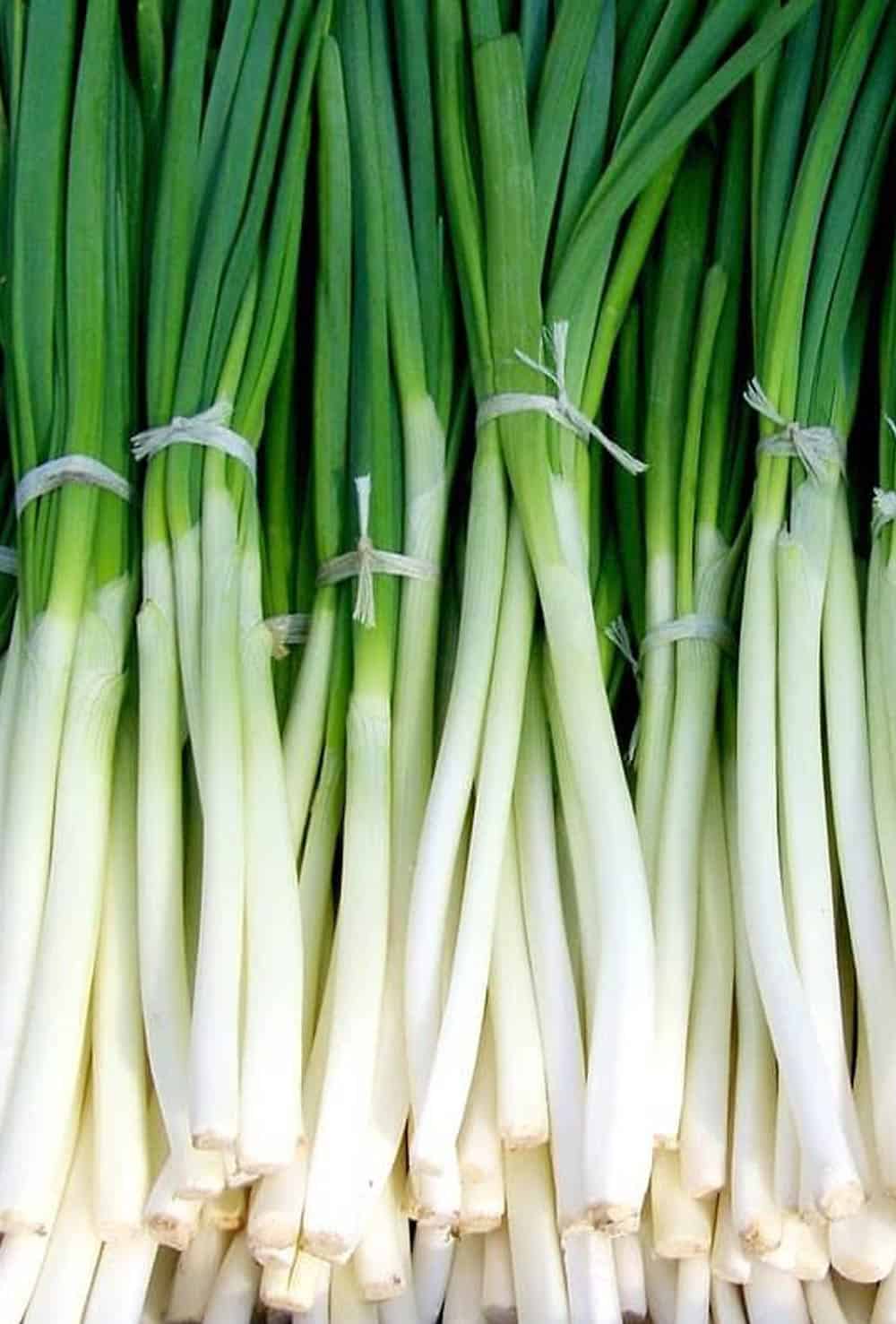
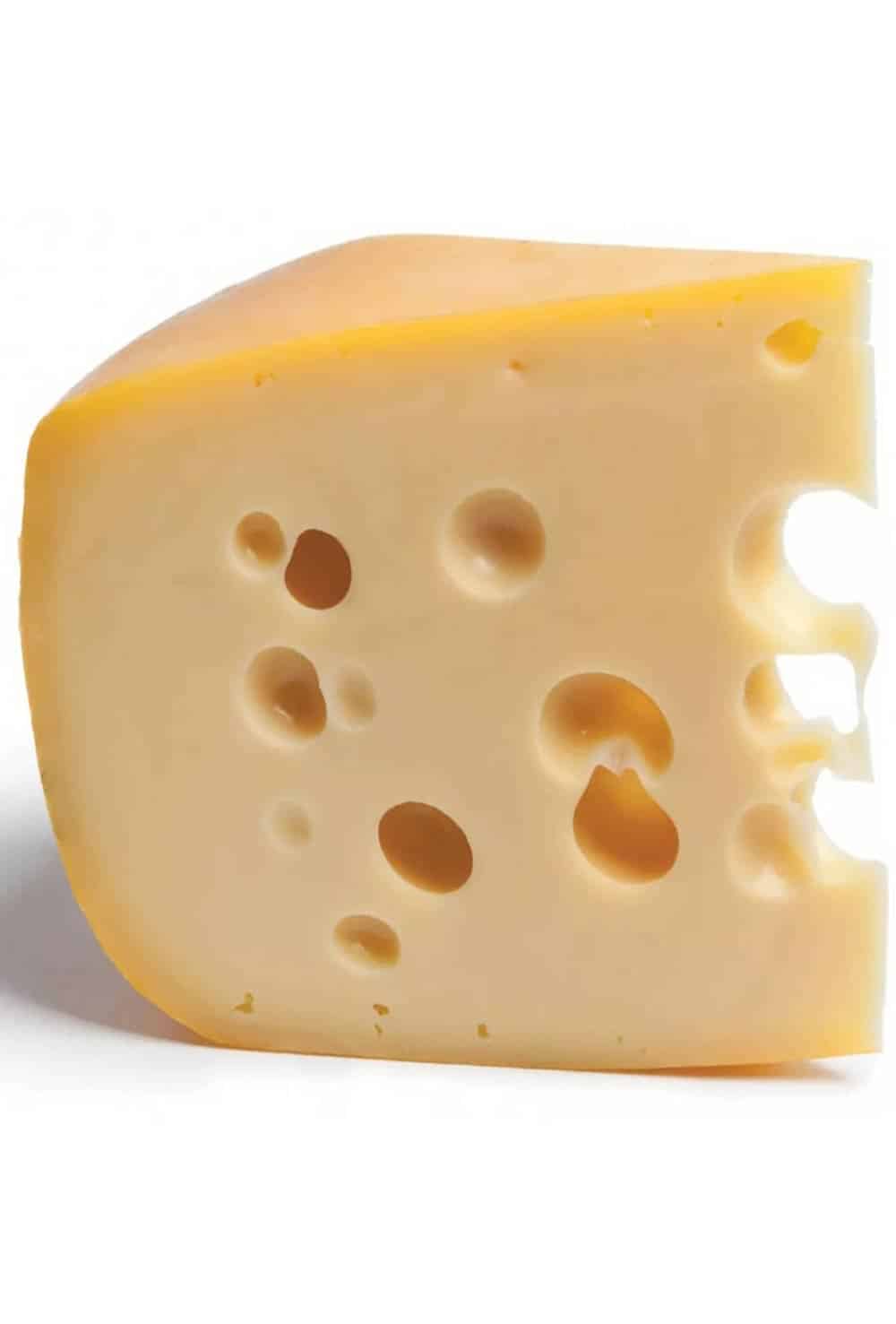
Leave a Reply